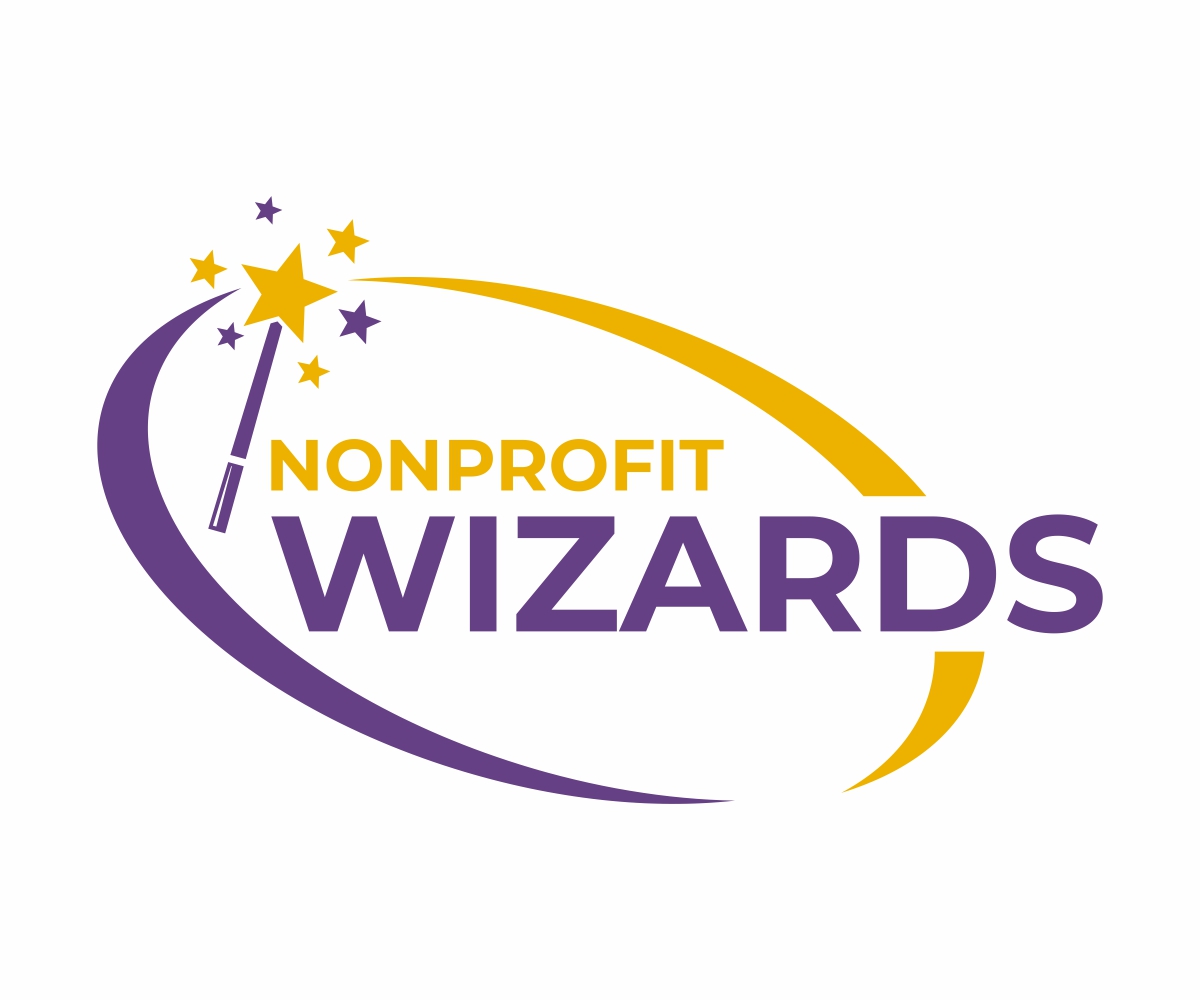Where is it?
Look around your office. Where is the packet from your last conference?
You know, your notes. The swag bag. All the cool stuff you scored at the exhibitor hall. Probably your lanyard and name badge even.
Is it leaning next to your credenza? Is it hanging behind your office door? Or maybe you pulled the notes out of your bag and set them on the corner of your desk.
Remember how psyched you were as the conference was closing? You had endless optimism and energy, buoyed by three days of inspiring keynotes, stimulating breakout sessions, and thought-provoking conversations with peers.
The ideas and plans in those notes held the potential to move your organization forward. This was going to be the year you would make REAL change. No more false starts like last year. And the year before that.
Conferences are great, except…
The spring conference season recently wrapped up. I hope you took the opportunity to invest in yourself. If you’re not moving forward, you’re moving backward…there is no status quo.
The problem with attending conferences, though, is that much of the knowledge and enthusiasm fails to come back home with you. It’s like the security check at the airport sucked all this new knowledge and motivation out of your head.
Usually, the breakdown happens on your first day back in the office. You set your bag down next to your desk and say to yourself, “Okay, I’ll take the morning to work through the backlog of email and voicemail, and then I’ll start implementing these paradigm-shifting ideas.”
Unfortunately, a perverse combination of interruptions and time-miscalculations lead you to spending a good portion of the day “digging out.” Tomorrow your regular meeting cycle starts up again and, before you know it, two months have passed. And your conference bag still sits right there where you dropped it.
There’s still time to realize a return on your conference investment. The hardest part is getting started.
Visualize your future
One common barrier to tackling those conference ideas is overwhelm. You have so many great ideas, you don’t know which one to work on first. You might find yourself vacillating between multiple ideas at once. This quickly causes mental fatigue, and the lack of quick wins will keep you from replenishing your energy.
A better plan is to do as Stephen Covey advises in The 7 Habits of Highly Effective People: begin with the end in mind.
In other words, first visualize how your organization is functioning more effectively six months from now. Close your eyes and mentally put yourself there. What is it that you’re doing differently and what newfound knowledge from the conference was key to getting you there?
Identify the steps
Now that you have a clear picture of this new, better future, identify the steps to get you there. You can’t climb a staircase in one step, and driving change works the same way.
For example, let’s say your vision is an organization that uses its core values to drive employee and board member engagement. To do this, you’ll need to codify your organizational core values. To do that, you’ll need to determine who gets to decide (staff, board, both?). You’ll need to identify the process you’ll use. You will likely have to get board input and buy-in.
Identify as many steps as you can, but don’t get bogged down. You will, invariably, miss something that you can add later.
Identify the sequence
Next, take the steps you’ve just identified and put them in sequence. What logically has to come first? After all, if you’re building a house, you can’t start with the roof.
Again, you’ll run the risk of getting bogged down here. If you’re not sure which to do first, just pick. In these situations doing something is more important than doing the right thing. As Dr. Martin Luther King, Jr. said, “Faith is taking the first step even when you don’t see the whole staircase.”
Make the time
You’re busy. We’re all busy. In fact, our society is addicted to being busy.
I get it, you don’t have time. If you’re serious about bringing change to your organization, however, you have to make the time.
Another of Covey’s maxims is “what gets scheduled gets done.” Block out time on your calendar to make progress on your first step. This may be communicating your vision to your board chair. It may be crafting a message to gain buy-in from staff. It may just be additional planning on your part.
The point is this: nothing will happen until you TAKE ACTION!
Have you taken massive action since your last conference?
If so, I’d love to hear about it! Send me a message or hop over to the Nonprofit Wizards Facebook page!
 Darren Macfee is the founder of the Nonprofit Wizards. His life purposes are to dispense homespun wisdom, grill a perfect meal for his family, and help nonprofit leaders create amazing results for and through their organizations. Follow him on Twitter @NPWizards or send him a note. Be sure to sign up for alerts to be sure you never miss a post.
Darren Macfee is the founder of the Nonprofit Wizards. His life purposes are to dispense homespun wisdom, grill a perfect meal for his family, and help nonprofit leaders create amazing results for and through their organizations. Follow him on Twitter @NPWizards or send him a note. Be sure to sign up for alerts to be sure you never miss a post.

